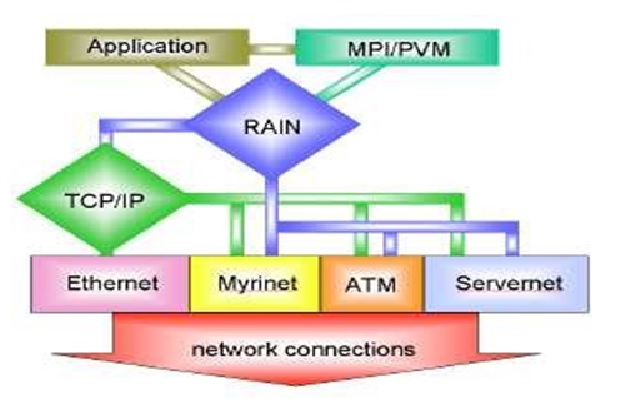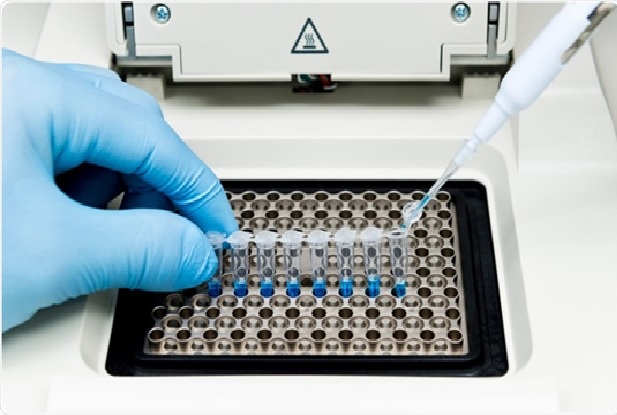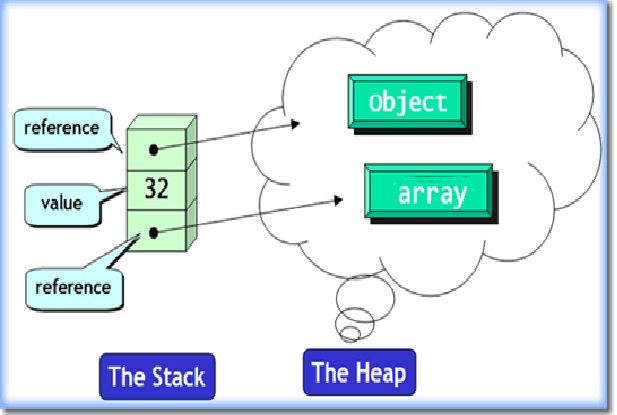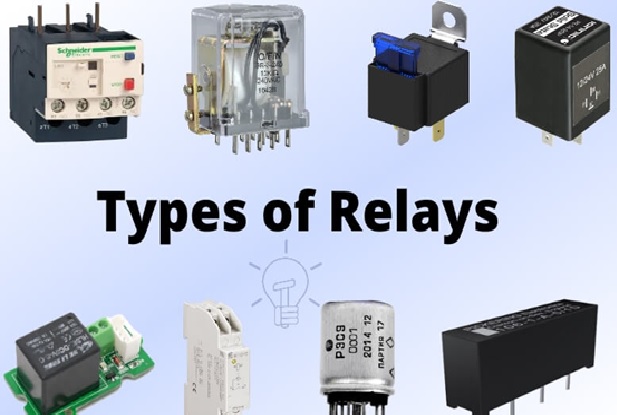The High-Performance in DSP Architectures
The philosophy of [1] embracing performance can be applied to people, processes, and technology. It goes far beyond just code.

Figure 1: High-Performance DSP Architecture
This philosophy is gaining importance because of the digitalisation across all industries that is transforming the way we figure1 shows above the paragraph manufacture, learn, communicate, work and do business as well as the role of data as a driver of growth.
- Performance must be at the top of the list in any digital transformation, much like security
- Importance of a high-performing data architecture
- Businesses can’t be high-performing unless their data architecture is.
- Data needs to be fast and available to whoever needs it whenever they need it.
- You should be able to access the data you need immediately and always.
Digital Signal Processing is carried out by mathematical operations. Digital Signal Processors are microprocessors specifically designed to handle Digital Signal Processing tasks. These devices have seen tremendous growth in the last [2] decade, finding use in everything from cellular telephones to advanced scientific instruments. In fact, hardware engineers use "DSP" to mean Digital Signal Processor, just as algorithm developers use "DSP" to mean Digital Signal Processing. DSP has become a key component in many consumer, communications, medical, and industrial products. These products use a variety of hardware approaches to implement DSP, ranging from the use of off-the-shelf microprocessors to field-programmable gate arrays (FPGAs) to custom integrated circuits (ICs).
Programmable "DSP processors," a class of microprocessors optimized for DSP, are a popular solution for several reasons. In comparison to fixed-function solutions, they have the advantage of potentially being reprogrammed in the field, allowing product upgrades or fixes. They are often more cost-effective than custom hardware, particularly for low-volume applications, where the development cost of ICs may be prohibitive. DSP processors often have an advantage in terms of speed, cost, and energy efficiency.
DSP Algorithms Mould DSP Architectures
From the outset, DSP algorithms have moulded DSP processor architectures. For nearly every feature found in a DSP processor, there are associated DSP algorithms whose computation is in some way eased by inclusion of this feature. Therefore, perhaps the best way to understand the evolution of DSP architectures is to examine typical DSP algorithms and identify how their computational requirements have influenced the architectures of DSP processors.
Fast Multipliers
The FIR filter is mathematically expressed as a vector of input data, along with a vector of filter coefficients. For each "tap" of the filter, a data sample is multiplied by a filter coefficient, with the result added to a running sum for all of the taps. Hence, the main component of the FIR filter algorithm is a dot product: multiply and add, multiply and add. These operations are not unique to the FIR filter algorithm; in fact, multiplication is one of the most common operations performed in signal processing convolution, Originally, microprocessors implemented multiplications by a series of shift and add operations, each of which consumed one or more clock cycles. As might be expected, faster multiplication hardware yields faster performance in many DSP algorithms, and for this reason all modern DSP processors include at least one dedicated single- cycle multiplier or combined multiply-accumulate (MAC) unit.
Multiple Execution Units
DSP applications typically have very high computational requirements in comparison to other types of computing tasks, since they often must execute DSP algorithms in real time on lengthy segments of signals sampled at 10-100 KHz or higher. Hence, DSP processors often include several independent execution units that are capable of operating in parallel for example, in addition to the MAC unit, they typically contain an arithmetic- logic unit (ALU) and a shifter.
References:
- https://www.nearform.com/blog/high-performance-data-architecture/#:~:text=A%20high-performance%20data%20architecture%20unleashes%20new%20business%20 opportunities.,business%20as%20well%20as%20new%20products%20for%20customers.
- https://discuss.itacumens.com/index.php?topic=27486.0
Cite this article:
Nandhinidwaraka. S (2021), The High-Performance in DSP Architectures, Anatechmaz, pp. 70















